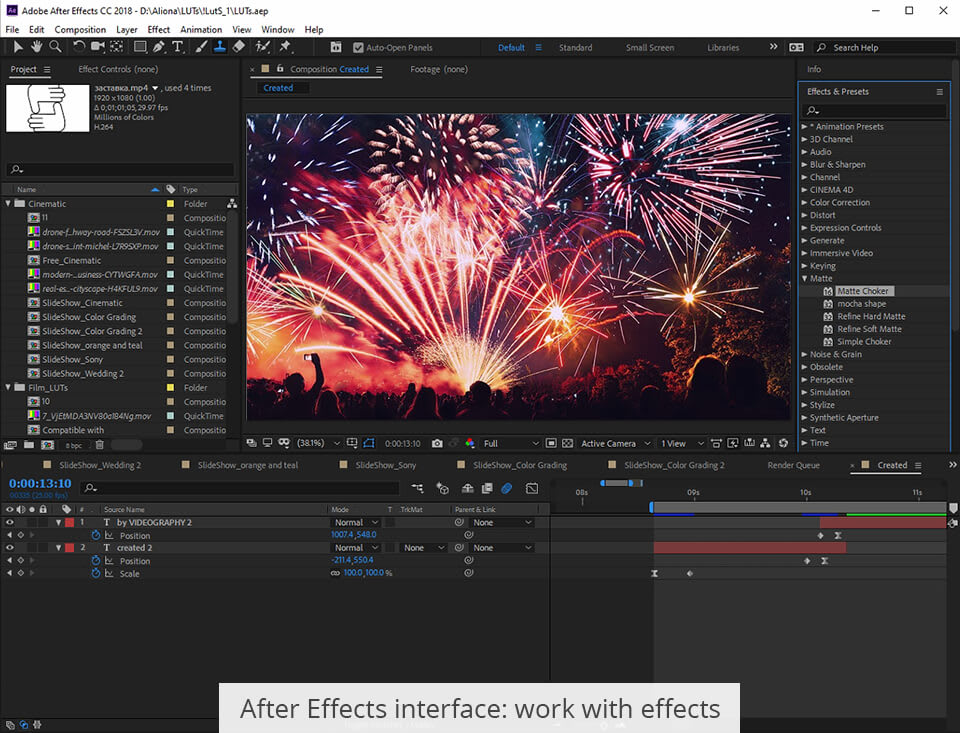
Paternity leave does offer valuable benefits, including enhancing mothers’ health and strengthening bonds between fathers and children, she said. Nix at first believed paternity leave would help, “but we found that this very expensive policy had basically no impact.” The first is paternity leave, which experts suggest could help divide parenting responsibilities evenly between parents and allow mothers to return to work sooner. Two policies are often proposed to reduce the child penalty. “But they can help us look at different policies that might affect that gap.” USC study explores ways to help women regain earning power after giving birth “Those factors are hard to disentangle,” Nix said. Second, mothers generally tend to have a greater desire than men to spend time with children. First, traditional gender norms dictate that women should stay home to care for a new child. Those results point to two likely explanations behind the child penalty, Nix said. By four years after birth, the incomes of both mothers had fully recovered. But within two years, the birth mother caught up with her partner. The birth mother’s income fell 13% after childbirth, along with a 5% drop for her partner. In same-sex couples, however, they found a dramatically different pattern. Heterosexual couples who adopted a child experienced similar effects. That drop persists for at least five years and likely longer, Nix said. But women in heterosexual couples see their pay shrink by 20% on average - whether due to staying home to care for the newborn, shifting to part-time work or other reasons. The researchers found that men see little impact on their earnings. In a working paper with collaborator Martin Eckhoff Andresen from Statistics Norway, Nix compared data on earnings among heterosexual and same-sex female couples in Norway following the birth of their first child. It’s slow and steady, but it’s progress.” Women see income drop after giving birth, but it doesn’t have to stay that way It’s not going to totally close the gap, but I would argue that 25% is much better than zero. “It reduces the child penalty by 25% during the years of treatment. “It has a huge impact,” said Nix, assistant professor of finance and business economics at the USC Marshall School of Business. It also revealed one promising way to close the gap: high-quality child care. (Photo/Courtesy of Emily Nix)Ī new study led by USC economist Emily Nix has untangled some of the complex reasons behind that child penalty. We are all here to help and learn together.Īnd, if you really want to get into music visualization.USC economist Emily Nix found high-quality child care can help women regain their earning power after giving birth. Don't be shocked if you post your masterpiece and people have a few useful suggestions for you.

As such, we encourage an atmosphere of helpful critique. This community is meant to be a place of helpfulness. If you are here for a critique of your work

Screenshots and/or videos of the thing you want to create It includes things such as:Įxact version of AE you use - not just "CS6" or "CC" or even "CC 2019", but the actual version number (for example, 11.0.4 or 12.2.1 or 13.2.0 or 13.7.2 or 13.8.1 or 17.0.2) However, for useful help, please provide as much info as possible. Once you've gone through that, here are some other helpful resources: A foundation in the basics now will prevent much frustration later. If you'd like to join us on Discord, you can do it here! Are you looking for critiques for your piece or are you showing off someone else's work that you've found that is inspirationally excellent? If you post a video, please explain in the title of your post why you're posting it. We are not here to be sold to or spammed, so no posting of your AE templates, please.

We're here to help with your After Effects problems, critique your pieces, and sometimes provide a spot of inspiration. Don't downvote a relevant submission you simply don't like kindly explain in a comment how it could be improved - anonymous downvotes don't help anybody.


 0 kommentar(er)
0 kommentar(er)
